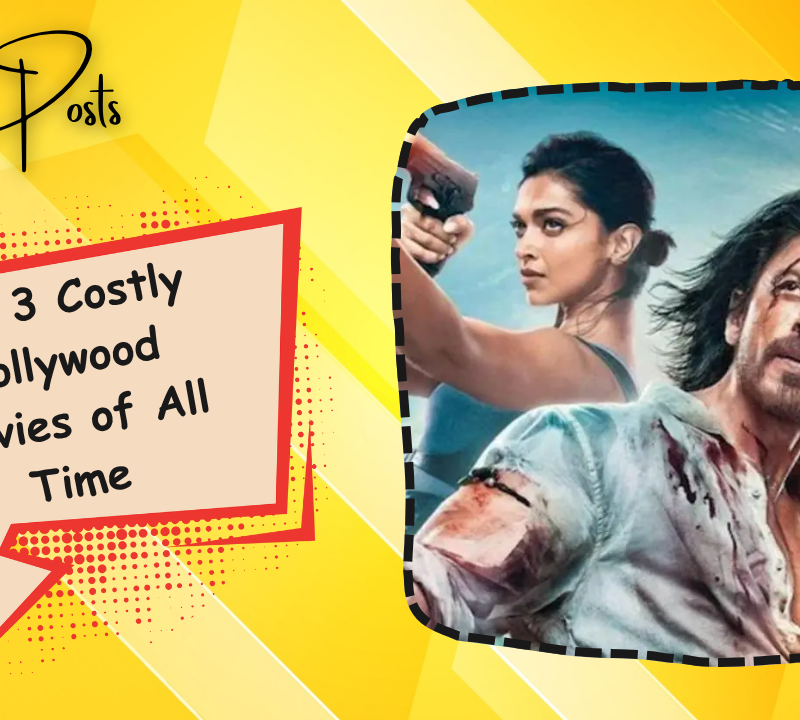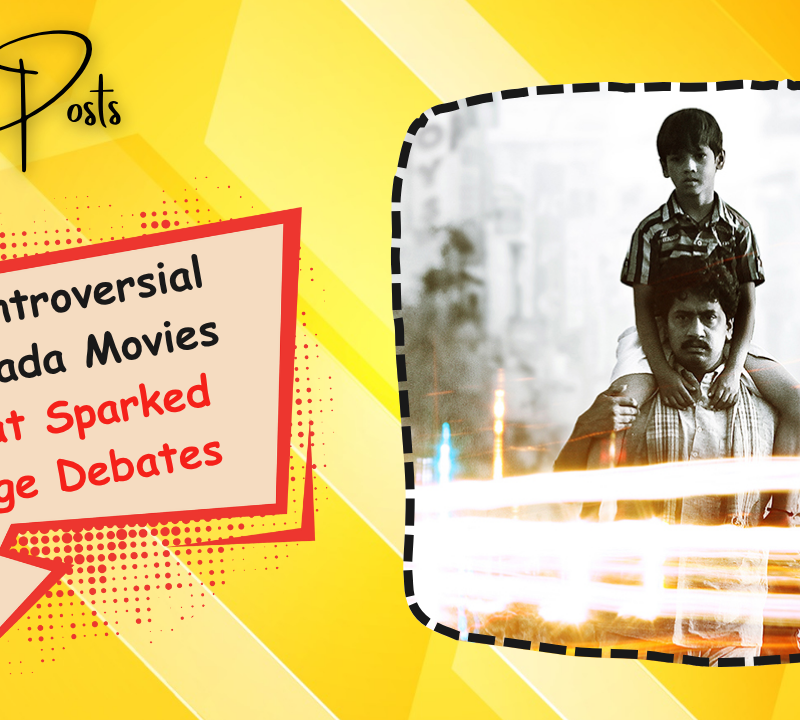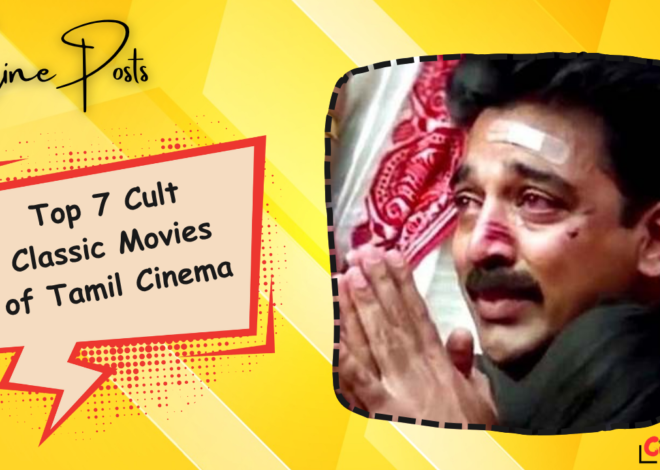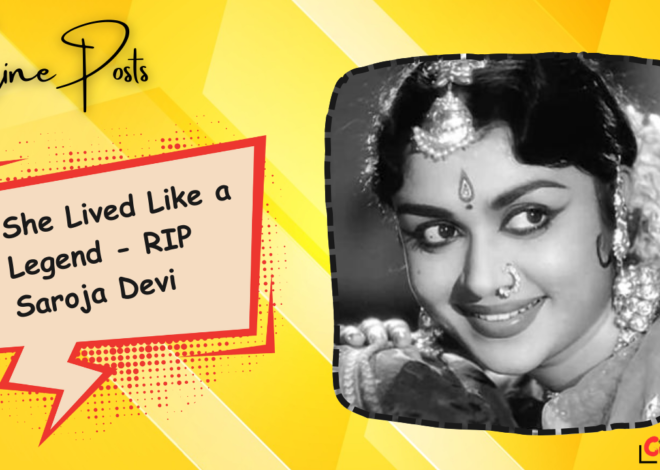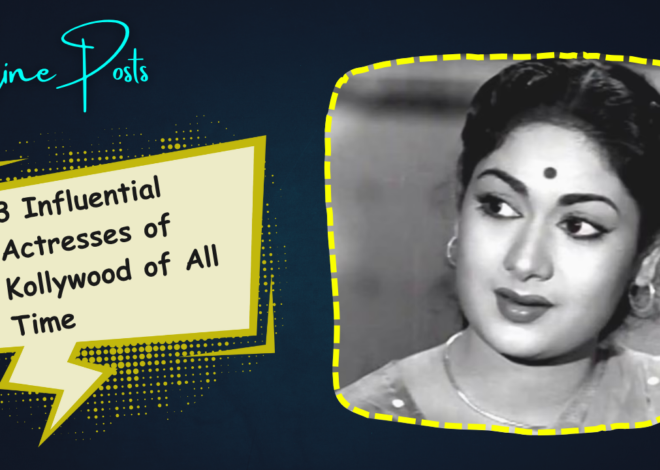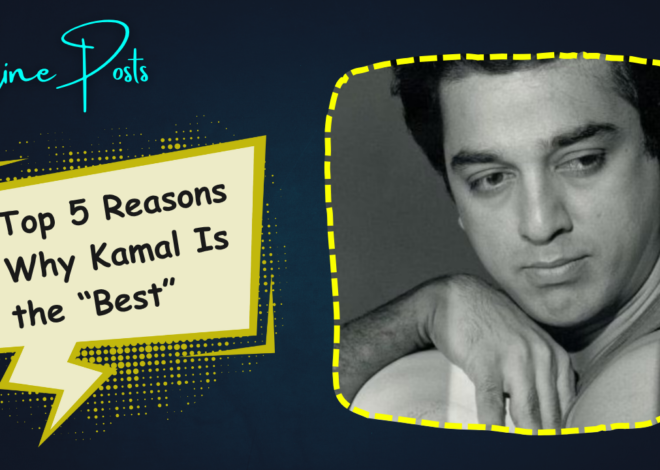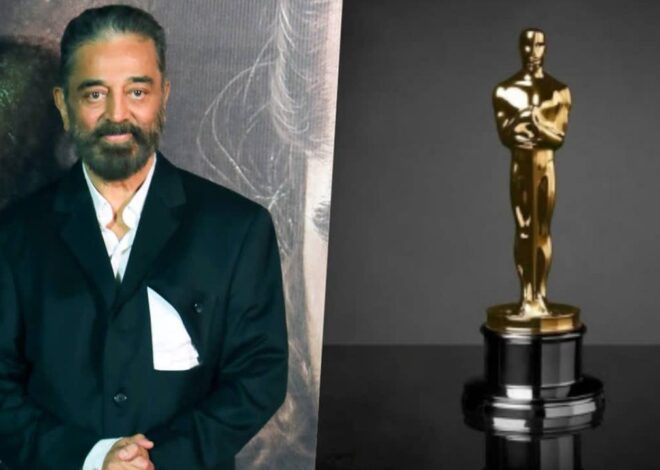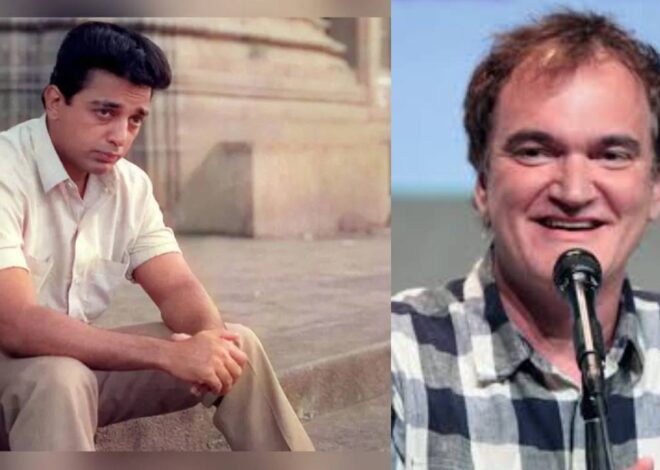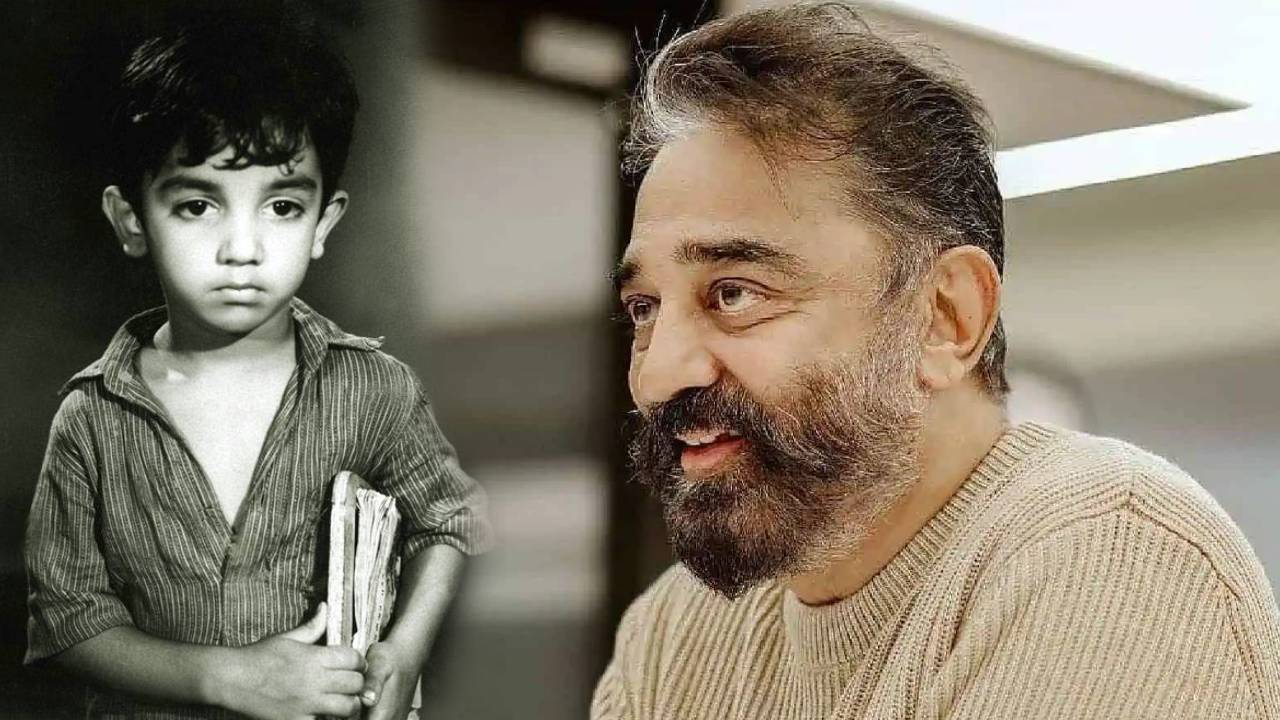
Ulaganayagan Kamal Haasan has always been more than an actor—he’s a visionary filmmaker and a relentless pioneer. Over his six-decade career, he has repeatedly embraced and introduced cutting-edge cinematic technology to Indian cinema.
Here are the top four transformative innovations he brought to Tamil (and Indian) screens:
- Computer‑Recorded Music – Vikram (1986)
In the 1986 action‑spy thriller Vikram, Haasan’s production introduced the use of computers for recording songs—marking the first time in Tamil cinema such technology was employed. The soundtrack, composed by Ilaiyaraaja, was fully recorded digitally, setting a new high standard in audio precision and quality.
- Screenplay Writing Software – Thevar Magan (1992)
In 1992, Thevar Magan became the first Tamil film to be written using screenplay software, specifically Movie Magic Screenwriter. Haasan, who co-wrote the story and produced the film, championed organized digital scripting—moving beyond scribbles and typewriters to structured, easily editable screenplays. This tech-savvy shift raised the bar for pre-production planning, collaboration, and narrative discipline across the industry.
- Avid Non‑Linear Editing & Dolby Stereo Surround – Mahanadhi (1994) & Kuruthipunal (1995)
Kamal’s 1994 drama Mahanadhi was the first Indian film to use Avid, a state-of-the-art non-linear digital editing system. This marked a huge leap from traditional linear tape editing—offering greater flexibility, speed, and creativity in post-production workflows.
Riding on this momentum, his 1995 crime thriller Kuruthipunal incorporated Dolby Stereo Surround SR sound—the first Tamil film to do so . This immersive audio format brought nuanced sound staging—heightening tension, realism, and audience engagement. These innovations signified a shift toward technical sophistication in Kollywood filmmaking.
- Prosthetic Makeup & Motion Control Rig – Indian (1996) & Aalavandhan (2001)
In Indian (1996), Haasan donned prosthetic makeup to transform into Senapathy, a septuagenarian freedom fighter. It marked the first use of prosthetics for transformative aging effects in Indian cinema. The result was hauntingly realistic—breaking visual norms and setting new makeup benchmarks.
Kamal Haasan’s legacy is one of fearless experimentation. From pioneering computer-recorded music and digital screenplay writing, to revolutionizing editing, sound, prosthetics, and motion control, he has consistently brought global-caliber technology to Tamil cinema.
Search
Short Stories
How Film Stars Maintain Gorgeous Hair! Celeb
- 3 min read
Top 3 Costly Bollywood Movies of All
- 3 min read
Top 5 Celebs who insured their body
- 4 min read







